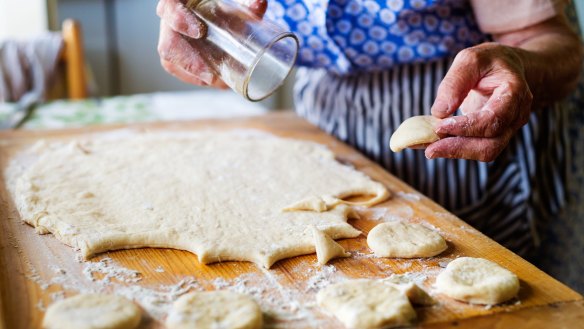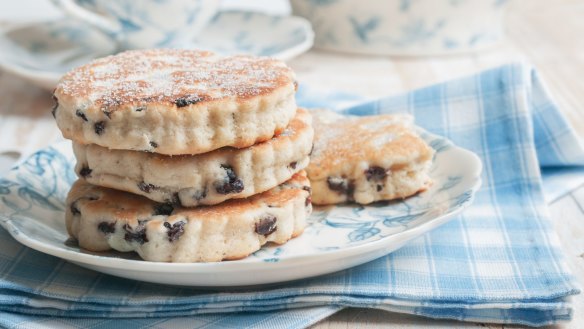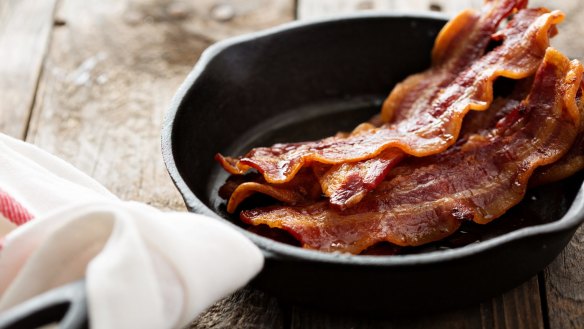The stories behind our favourite dishes and why telling them matters

Welsh cakes (a cross between pikelets and scones), eaten straight off the bake stove with a generous sprinkling of sugar were a highlight of childhood visits to Cardiff. My nana had her own recipe and instinctively knew when to flip them over to ensure the perfect bake.
My memories are so vivid that a single bite can take me straight to my nana's kitchen. I can see the tiles, the clock and the well-worn dresser; the biscuit tin (well-stocked for grandchildren) and the cut glass sugar bowl. I can almost feel the crisp breeze blowing in through the back door.
When I bake Welsh cakes now I share all these memories with my Australian children. They never knew my nana, but through the stories, told over warm Welsh cakes they are connected to her. They're not just eating Welsh cakes, they are travelling the globe and visiting a woman who would have adored them.

Stories go hand in hand with food. Think about it – your favourite meal is more than a plate of food – when you eat it, it takes you back to a place or person that is important to you.
This is a concept that chefs have been using to enhance the experience of their diners. Gregg Rapp, a menu engineer based in LA, tells me that introducing a story about the item or recipe adds to the value of the food. "When a chef is picking items to go on the menus, I am asking WHY this item is worthy enough to be on the menu? A chef works with hundreds of recipes before they pick items that are to go on the menu.
"Telling the story about where the item is from can help the guest better understand the item, too," he says.

George Cooper is the chef and owner of WA's private dining experience Food by the Chef. He says that the stories behind the dishes he serves are a crucial part of the dining experience. A good example is the story behind his "bacon, eggs, chips and peas." "It's my take on the classic British TV dinner," he explains.
"I always remember eating this as a child as a quick evening feed when my mum finished work late and couldn't be bothered to cook. I hated the bacon (or gammon) as it was always super salty and tasted heavily [of] nitrates."
Cooper's take on the dish now involves a creamy pasteurised egg, homemade bacon, a potato mousse, fried potato and breadcrumbs. The finishing touch is freshly picked garden peas, which are sliced and dressed with with lemon and salt. "The rawness reminds me of walking around my father's vegetable garden and eating the fresh peas straight from the vines," Cooper tells me.
So how does the story go down with diners? "Adding the emotion of connecting people with the thought of a young child eating fresh peas from the vegetable patch takes diners back to a happy place," says Cooper.
Of course, sharing the stories behind our dishes isn't just for professional chefs – it's something we can all do – and we should. Psychologist Deborah Newburn says that telling the story behind a dish can encourage a more mindful way of eating because the diner is able to slow down, notice the flavours, and focus on the experience of eating.
In addition, stories help us to connect with our food. "In today's world, the joy of food has been stolen from many people due to diet culture which labels foods as good or bad, and leads people to experience guilt or shame when the eat 'bad' food," Newman explains.
"Hearing the story of where a dish came from may allow the diner to connect to the food they are eating in a different way, to see a dish as a cultural experience rather than a plate full of macro nutrients."
The best recipes from Australia's leading chefs straight to your inbox.
Sign up